While I was out on an assignment to Mrs Shepherd’s, reporting on some glorious bunches of grapefruit, Jenny and Marjorie informed me to brace myself for the arrival of their triplet lambies.
I thought: surely in the country this happens every day, and as a girl born and raised in New Zealand, the sheep population isn’t something we bat an eye about, but alas.
Even in the sheep world, the triplet phenomenon is a rare occurrence, which means there’s a sight here that Narrabri needs to see.
After some heavy investigative consultation from online sources (Google) which have reported stories of sixes and sevens of lambs being born (yes many of the stories were from New Zealand), I confirmed newsworthiness on the ground with a few good farmers at the pub.
“Triplet lambs you reckon? Well, I’ll be damned,” one gentleman with an exquisitely weathered Akubra exclaimed.
A few weeks later, I had the opportunity to make it back to inspect Mrs Shepherd’s affectionately called ‘lambies’ and to get a ‘Courier-worthy’ snap of these triplets.
Little did I know that I would become the subject of a lamb-wrangling ring because there was no way that trio were going to stand and perfectly pose together for a snap; that’s just what I assumed would happen.
I say to Jenny: “What are the chances that we can catch them and make them do a cute lamb pose together?”
She says, “About no chance.”
Sounds about right, but I’m not going home without a photo of triplets; big city girl moves to the bush to become a journalist, and five months in she’s got something to prove.
While I buy myself some time before the inevitable happens, I interview Jenny and discover a few things.
There are two boys and one sweet little girl, the smallest of the triplet Dorper lambies.
Mrs Shepherd’s first inkling that she was expecting triplets was that the ewe looked like she was giving milk enough for more than one baby, which means at least twins were on the cards.
I’ve also learned that like a pregnant woman, it’s hard to look at an ewe and guess if she’s carrying more than one baby, so it’s just polite not to ask her.
Mrs Shepherd’s keen instincts paid off, because when she headed out into the paddock one afternoon, there were two babies gathered by the mum, and a third ran up to join them.
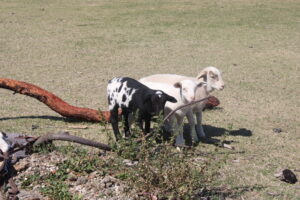
The Dorper triplets.
Dorpers drop their own fleece, which seems very helpful around a farm because if there’s one thing I’ve understood about farming; it’s that there’s more work to do than there is time to do it in.
What with the crutching, shearing, drenching, more work, and in the summer time – checking regularly that your flock doesn’t get fly strike – yes, I did ask someone for this information. More interesting facts about Dorpers – they are a South African breed of domestic sheep developed by crossing Dorset Horn and Blackhead Persian sheep – is that how they get their black heads?
They also apparently taste different, but the source I’ve learned this fact from doesn’t eat lamb, so we don’t know if it’s ‘good’ different.
At this point of the interview, I start pacing from side-to-side, because that’s about all there is to learn about lambs for this story.
The scenery around me is stunning, which is not uncommon for Narrabri’s surroundings, but it’s currently being offset by two horses and a couple of ponies who have gathered by the fence, either to get in on the feed which we’ve thrown to attract the sheep or to laugh at me for what I’m about to have the audacity to accomplish.
I’m wondering if I look as out of place in that paddock as the biggest of the horses does. I ask about him quickly and discover that his origins are from a Clydesdale and regular mare love story, but back to the lambies.
Jenny tells me to get low, arms out as we herd them into a corner.
“She’s making these highly impressive and effective whistling noises that I’ve heard once before when I tried to help wrangle a prize bull for a picture at a bull sale, I couldn’t make the sounds then, and I can’t make them now, but you wait.
Once we get them close enough that my arms might just make it around the three, I instinctively lunge for the lambies, and Jenny and I say together: “Now what?”
When I first moved out here someone told me to ‘run my own race,’ and the advice really struck me, as I came out to regional Australia to do just that and uncover as many remarkable stories as possible and tell them the best I could.
So, we run with it, and unconventionally, newspaper journalist becomes the subject. There’s no way Jenny can wrestle these super soft but surprisingly slippery suckers, so she’s in charge of the camera.
At this point, this feels like an official welcome to the country.
I thought my thing would be horse riding, and I’m still taking offers for lessons, by the way.
But sign me up for the shearing shed I guess, because this duck is officially on the pond.
To order photos from this page click here

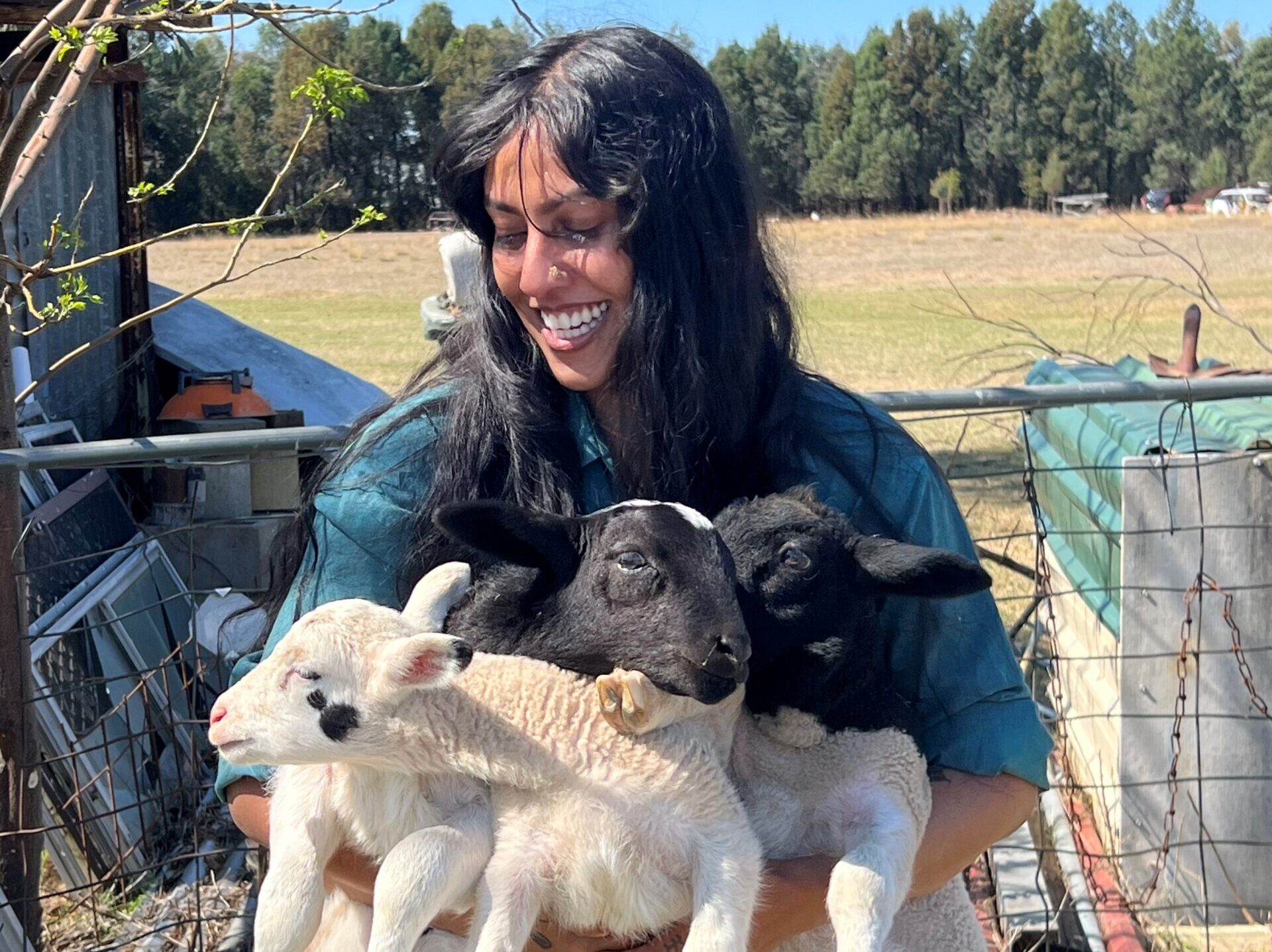




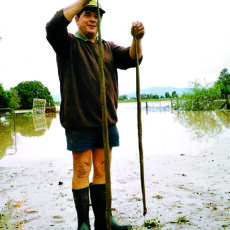
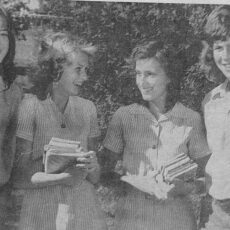
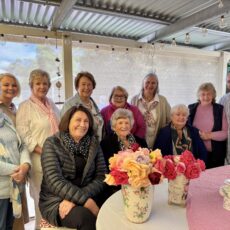


I enjoyed reading this article very much! The triplet lambies are adorable 🙂